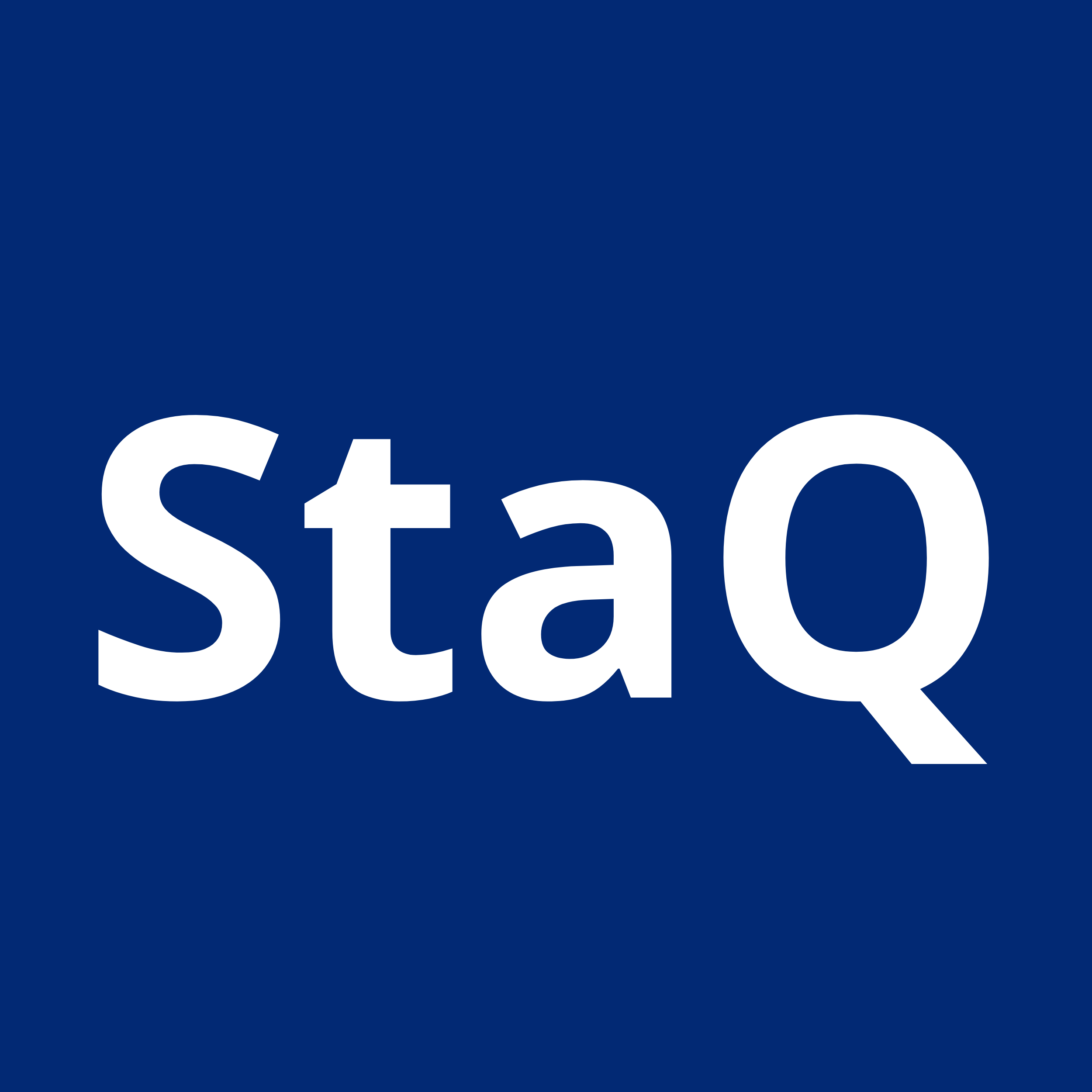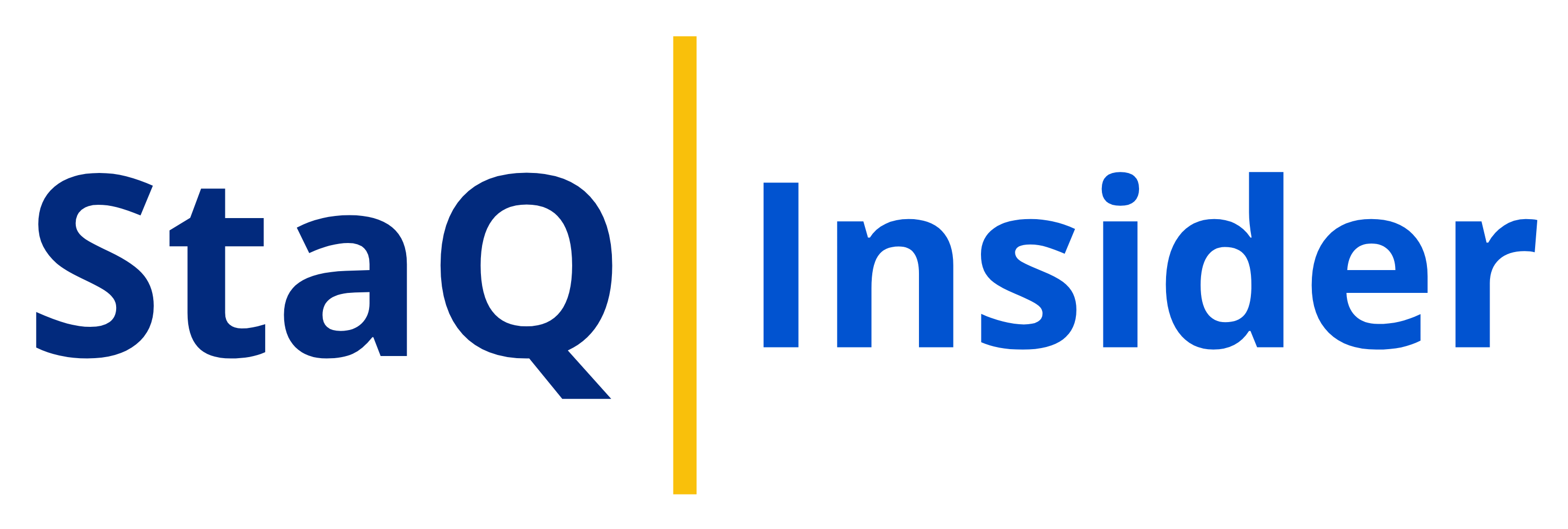Implementing new tools and technologies can be a game-changer for your business. But, truth be told, implementing them on your team is the true challenge, as team members struggle to adapt, and productivity drops off. This is where change management software comes in – it can be the bridge between introducing a new solution and ensuring your employees are confident and productive with it.
Imagine happy, productive employees using the latest tools to reach their full potential. Let’s make that a reality!
Why is Change management Training Important?
Change management training is important because it equips employees with the skills and knowledge to effectively navigate and adapt to organizational changes. It helps individuals understand the process of change, manage their own reactions, and support others through transitions.
Ultimately, effective change management improves the success rate of change initiatives and reduces resistance, leading to better organizational outcomes. If you’re an IT manager who wants to implement a software shift and train their team to successfully adapt to the tool, change management software is something you should look for!
What is Change Management Software?
Change management software is a tool that helps organizations manage and track changes in their processes, systems, and technologies. It helps to streamline the change process, enhance communication and alignment, save on the cost of change, and improve the rate of adoption and success of changes.
Change management software helps organizations with various purposes, such as IT roll-outs and upgrades, training and onboarding, feedback, polling and analysis of new tools and processes, and change planning and running what-if scenarios to calculate change impact.
Core Functionalities of the Change Management Software:
Change management software isn’t just about modifying lines of code. It’s a suite of tools that helps organizations plan, implement, and adapt to any kind of transformation, be it a new software rollout, a restructuring of departments, or even a shift in company culture.
Here’s how it streamlines transitions, specifically for employee training on new tools:
-
Centralized Communication: The software acts as a hub for all change-related information. This can include training materials, FAQs, timelines, and even discussion forums where employees can ask questions and share their experiences.
-
Automated Workflows: Change management software can automate repetitive tasks like assigning training modules or tracking completion rates, freeing up HR and IT personnel to focus on more strategic aspects of the transition.
-
Improved User Adoption: The software allows teams to create interactive tutorials and walk-throughs specific to the new tool. This can significantly improve user adoption and reduce the time it takes for employees to become proficient.
-
Feedback Mechanisms: The software can facilitate the collection of employee feedback on the new tool and the change process itself. Teams can then use this feedback to refine training materials and address any emerging issues.
By providing a structured approach to change, this software can minimize disruption and ensure a smooth transition for your employees, especially when it comes to learning and adapting to new tools.
How does Change Management Software differ from other Project Management Tools?
Change management software focuses on the people’s side of change, preparing them for and guiding them through transitions like adopting new tools. Project management tools, on the other hand, handle the logistical aspects and ensure tasks are completed on time and within budget.

How To Choose The Best Change Management Software For Your Business
Choosing the right change management software can streamline your business’s transition processes and boost employee adoption. Here’s a breakdown of key factors to consider:
-
Understanding your Needs:
-
Business Size & Complexity: Enterprise resource planning (ERP) systems might be ideal for larger firms, while smaller businesses can benefit from agile project management tools with change management features.
-
Change Management Maturity: If your business is new to change management, consider user-friendly software with built-in templates and workflows. More experienced organizations might require software with advanced customization options.
-
-
Must-Have Features:
-
Workflow Management: Look for software that automates repetitive tasks and creates approval processes for a smooth rollout.
-
Collaboration Tools: Communication is key during change. Ensure the software facilitates discussions and feedback exchange between teams.
-
Analytics & Reporting: Track progress, identify roadblocks, and measure the success of your change initiatives through insightful reporting features.
-
Scalability: As your business grows, your change management needs will evolve. Choose software that can adapt to your expanding requirements.
-
Integration Capabilities: Ensure the software integrates with your existing business tools (e.g., project management, communication platforms) for a unified workflow.
-
-
Additional Considerations:
-
User Interface: A user-friendly interface is essential for high adoption rates among employees with varying technical skills.
-
Security: Make sure the software offers robust security features to protect sensitive company data.
-
Budget: Change management software pricing varies depending on features and user base. Determine your budget beforehand and shortlist vendors that fit your range.
-
-
Finding the Right Vendor:
-
Research Online Review Platforms: Read reviews and comparisons of popular change management software options.
-
Shortlist and Trial: Based on your needs, shortlist a few vendors and try their demo or free trial versions.
-
Vendor Reputation: Choose a vendor with a proven track record and positive customer testimonials.
-
What are the Key Features to look for in Change Management Software?
Here are the 15 most important features to look for in change management software:
-
Change request, approval, and denial management:
Allows users to submit, approve, and deny change requests, ensuring proper documentation and approval before implementation.
-
Changer advisor board (CAB) support and collaboration tools:
-
Idea scoring and prioritization:
Users prioritize change requests based on impact, urgency, and feasibility, ensuring they implement the most important changes first.
-
Central data repository:
Provides a central location for storing and accessing change management data, ensuring all stakeholders have access to the same information.
-
Project management:
Allows users to plan, track, and manage change projects, ensuring they are completed on time and within budget.
-
Asset management:
Helps users track and manage assets affected by changes, ensuring they are properly maintained and updated.
-
Alert management:
Provides real-time alerts and notifications, ensuring stakeholders are informed of any issues or changes that may affect them.
-
Incident management:
Allows users to track and manage incidents related to changes, ensuring they are properly resolved and documented.
-
SLA management:
Helps users manage service level agreements (SLAs) related to changes, ensuring they are met and any issues are promptly addressed.
-
Change volume mapping:
Allows users to visualize and manage the volume of changes, ensuring they are properly planned and implemented.
-
Compliance and governance management:
The software helps users ensure changes are compliant with relevant regulations and policies, reducing the risk of non-compliance.
-
Risk assessment and impact analysis:
The software allows users to assess and analyze the risks and impacts of changes, ensuring they properly mitigate and manage those changes.
-
Scheduling and task assignment:
The software allows users to control access to change management data and resources, ensuring sensitive information is properly protected.
-
User access control:
Allows users to control access to change management data and resources, ensuring sensitive information is properly protected.
-
Audit trail and reporting:
The software provides detailed reports and audit trails, ensuring changes are properly documented and audited.

What are the Most Popular Change Management Software Tools in 2024?
- Sunview ChangeGear Change Manager: Sunview ChangeGear Change Manageroffers deployment tracking, ticket automation, and version control features, with in-depth visualized reports on IT hardware and software assets.
- Praxie: Praxie is a web platform of business process apps & interactive online templates with a library of business best practices from management experts, book authors, and consultants.
- The Change Compass: The Change Compass improves the experience of employees and customers during change by visualizing the impacts of change on different parts of the business.
- The Change Shop: The Change Shop is a people analytics technology firm featuring a platform designed for Change Leaders to collect, analyze, track, and simulate organizational change management initiatives.
- jTask, Inc.: jTask, Inc. provides Change Management Consulting and CCMP Training services.
- Stracl (formerly known as jTask Pulse): Stracl is a SaaS solution that lets users engage, communicate, train, and map to prepare their project stakeholders and manage change risks.
- Howspace: Howspace is an AI-powered platform that enables collaboration on professional learning and organizational development.
- SysAid: SysAid offers a user-friendly UI, integrated ITSM modules, and a 30-day free trial, focusing on incident management and ticketing management.
- Ivanti Service Manager: Ivanti Service Manager provides robust features, scalability, and flexibility in an integrated platform, with impact-based change risk management and mobile change management features.
- ManageEngine ServiceDesk Plus: ManageEngine ServiceDesk Plus streamlines IT operations, enhances service delivery, and manages changes efficiently, offering change approval board automation and change calendar features.
How to Measure the Success of a Change Management Training Program?
Evaluating the effectiveness of change management training goes beyond simply gauging if employees enjoyed the program. Here are some ways to measure the success of your change management training initiatives:
-
Employee Knowledge and Skills:
-
Pre- and Post-Training Assessments: Design tests to assess knowledge of change management principles before and after the training. This measures if the program effectively transferred information.
-
Skill Application Exercises: Incorporate exercises that simulate real-world scenarios where employees can apply the learned change management skills.
-
-
Employee Engagement and Attitudes:
-
Surveys: Conduct surveys to gauge employee sentiment towards the change initiative and their feelings of preparedness after the training.
-
Focus Groups: Facilitate focus groups to gather qualitative data on employee concerns and areas where the training might have fallen short in addressing them.
-
-
Behavioral Change and Adoption Rates:
-
Track Completion Rates: Monitor how many employees complete the training program. Low completion rates might indicate accessibility issues or a lack of prioritization.
-
Adoption of New Processes: Measure how quickly and effectively employees adopt the new processes or technologies introduced with the change initiative.
-
-
Business Impact:
-
Return on Investment (ROI): Calculate the cost of the training program. Compare it to the tangible benefits achieved through increased efficiency or productivity due to the change.
-
Alignment with Business Goals: Track how well the change initiative, supported by the training, progresses towards achieving the organization’s strategic objectives.
-
By using a combination of these metrics, you can gain a well-rounded picture of how your change management training program is impacting employee behavior and the success of the overall change initiative. Remember, successful change management is an ongoing process. Refine your training program based on the data you collect to ensure it continuously equips employees to navigate change effectively.




